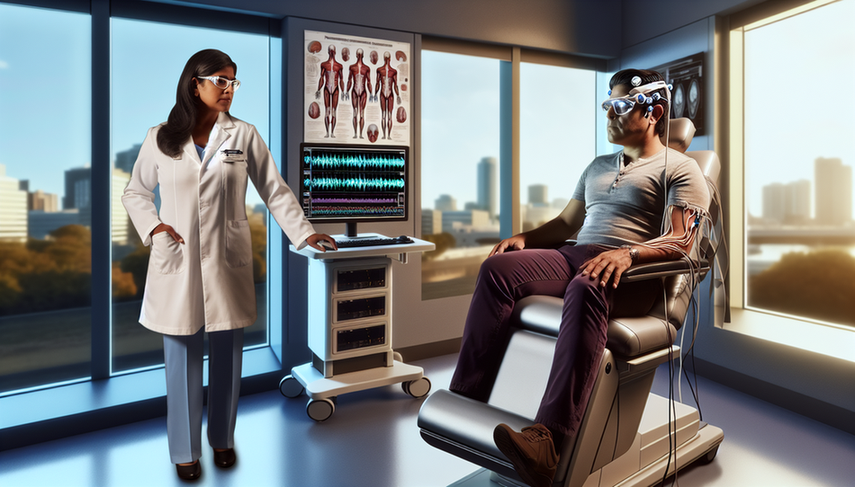Differential Diagnosis of Neuromuscular Diseases Using Smart Electromyography: Rapid Signal Classification for Enhanced Neurological Prognosis

The advancement of artificial intelligence (AI) in the field of medicine has opened new possibilities for the rapid diagnosis and accurate assessment of various medical conditions. In particular, the application of AI in electromyography (EMG) has revolutionized the approach to the differential diagnosis of neuromuscular diseases. The ability to efficiently classify and analyze EMG signals is crucial for improving the neurological prognosis of patients.
Diving Deeper into Smart Electromyography
Electromyography is an essential tool in the evaluation of neuromuscular diseases, providing valuable insights into the electrical activity of muscles. However, the interpretation of EMG signals can be complex and requires expertise. This is where AI, particularly wavelet-based neural networks, has proven to be highly effective. These techniques enable more accurate signal classification, as evidenced by a study where the wavelet neural network technique achieved a success rate of 90.7% in classifying EMG signals, surpassing traditional methods.
The use of autoregressive models as input for classification systems has significantly improved diagnostic accuracy. This approach not only supports expert decision-making but also adds weight to the differential diagnosis of conditions such as myopathy and neurogenic diseases. The ability of AI to process large volumes of data and learn from them allows for continuous improvement in diagnostic precision.
Conclusions
The integration of smart electromyography into clinical practice represents a significant advancement in the diagnosis of neuromuscular diseases. The capacity of AI to enhance the accuracy and speed of diagnosis has the potential to transform the clinical management of these conditions, thereby improving the neurological prognosis for patients. As technology continues to evolve, it is essential for healthcare professionals to stay updated on these innovations to provide the best possible care for their patients.
Referencias
- [1] Classification of EMG signals using wavelet neural network.
- [2] Brachial plexus injury after laparoscopic and robotic surgery.
Created 20/1/2025
